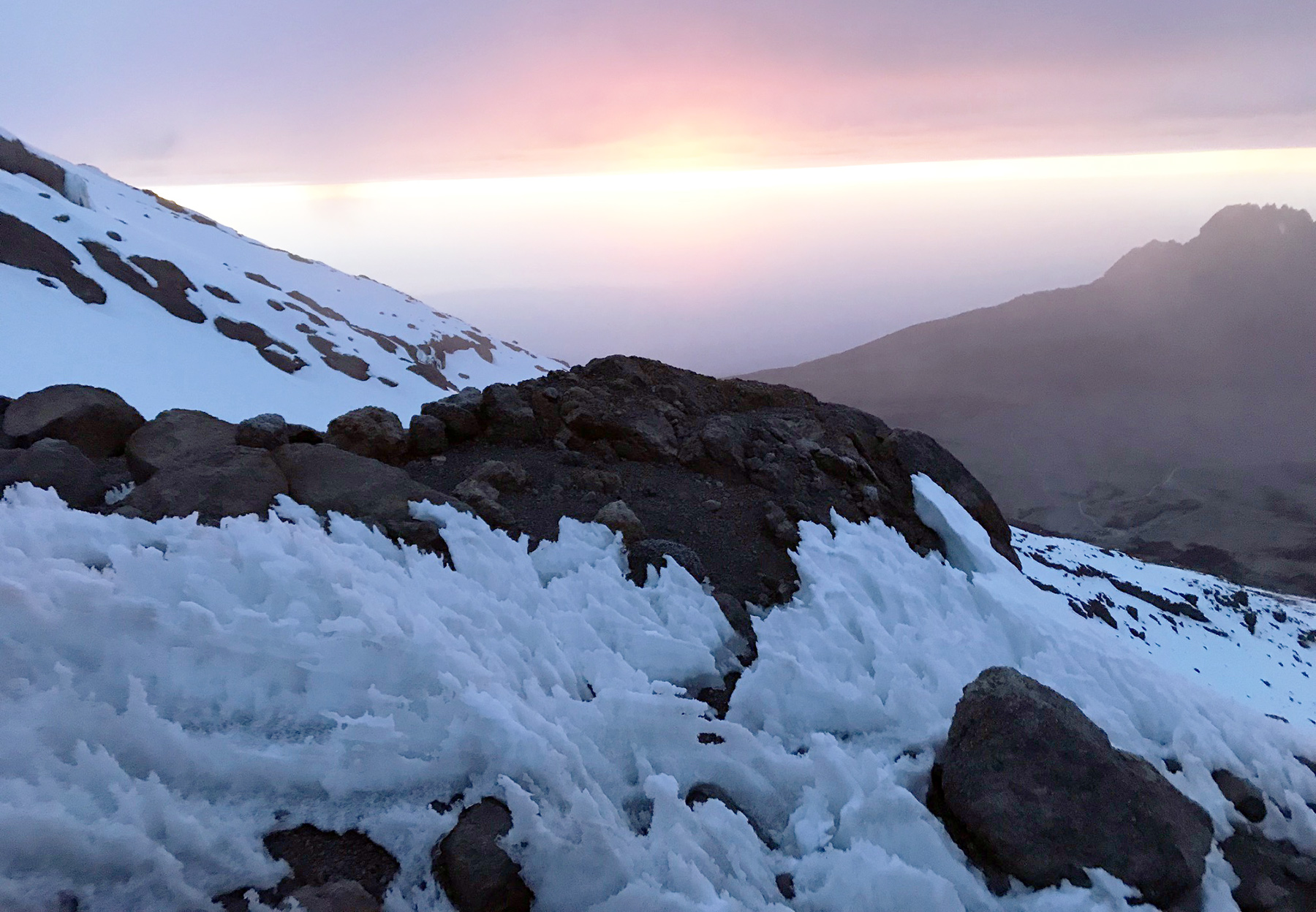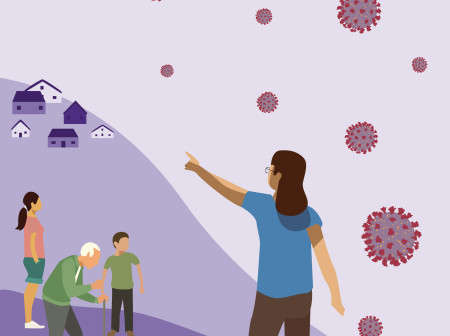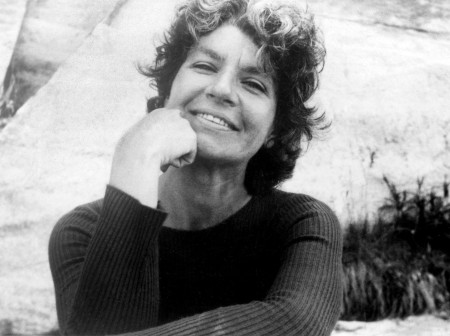This particular set of expectations likely sprung from my steady diet of nature fairy tales that follow this precise arc. “I only went out for a walk and finally concluded to stay out 'til sundown,” the naturalist and explorer John Muir wrote famously. “For going out, I found, was really going in.” In her diary, Anne Frank confided in her belief that nature “brings solace in all troubles … the best remedy for those who are afraid, lonely or unhappy is to go outside, somewhere where they can be quite alone with the heavens, nature and God.” And Einstein told us, “Look deep into nature and you will understand everything.” From Thoreau’s Walden to Cheryl Strayed’s Wild to John Krakauer’s Into Thin Air, I’ve long devoured the trope of self-discovery and transcendence in nature.
Part of the reason these stories and proclamations are so captivating is because they follow the classic narrative archetype of the hero’s journey — the hero is called to adventure and journeys into the chaotic unknown. As she conquers her unruly environment, she also creates meaning from it, learning something illuminating about her true nature, purpose and path forward. Stories that juxtapose this ancient archetype onto nature experiences are compelling because they feel accessible: The path to self-discovery could be through your local park or forest preserve. Add to this, too, the scientific research suggesting that we are happier, more creative and clearer thinkers when we spend time in nature. As well as the fact that the trail up a mountain is littered with clichés about how to approach any life challenge (preferably one small step at a time, looking forward and not back and remembering that it’s not about the destination but the journey). In other words, opting outside is saddled with a lot of hype and great expectations.
For the first couple days of the trek I was on high alert for profound thoughts. The most common mantra climbers hear on the mountain is “pole, pole,” which in Swahili means, “slowly, slowly.” This was a challenging directive to follow at first — I’m a fast hiker and walker, even though I know I often miss delightful flora and fauna. On the second day, I tried to walk a little ahead of our guide, who was moving languorously through space. “Slow down, Eliza!” he admonished me, having shortened my name a few days earlier. This became easier as the air grew thinner and the terrain became rockier and steeper.
Was this the secret the mountain was trying to impart and the epiphany I was meant to take away — to slow the hell down? Nah, too lame — and not quite new enough. I was already abundantly aware of my unhelpful proclivity for acceleration.
And in this case, the pace was intentional — rooted in my nerves about what lay ahead. For several weeks before the trip, and up until the summit night, I vibrated with anxiety about whether I would make it to Uhuru Peak, the top of the mountain. I feared debilitating altitude sickness; the summit is 19,341 feet, higher than I’d ever been. To calm myself down, and also to hopefully coax out some profundity, I was trying to jot down daily notes in the tiny branded notebook our tour company had gifted us. I wrote such gems as, “constantly reminded how much traveling is about patience” and “damn, it’s getting cold!” By the time I was back in the tent and ready to write, it was hard not to fall asleep after a few desultory sentences.
On my birthday, three days into the trip, I tried to reflect on the past year, only to discover that reflecting on one’s life is far more difficult when one cannot breathe easily and is feeling light-headed. While still at sea level, I'd imagined that as I ascended through the rainforest, and then the heather zone, into the rocky, otherworldly terrain close to base camp, the clearer and more profound my thoughts would become. But as it turned out, thinking and reflecting was happening less and less by the hour, actually. Far from considering a five-year plan, I became increasingly focused on surviving to the next day. My deepest thoughts revolved around when I might eat my next snack, and how much longer I could take the unremitting chatter of one of the members of our group. I thought about the ultra-Zen words of Scottish naturalist Nan Shepherd: “Often the mountain gives itself most completely when I have no destination, when I reach nowhere in particular, but have gone out merely to be with the mountain as one visits a friend with no intention but to be with him,” she wrote in The Living Mountain. It’s kind of like that impossible-to-follow dating advice — it’s only when you stop looking for a partner that you find them.




Reader Responses
No one has commented on this page yet.
Submit a Response